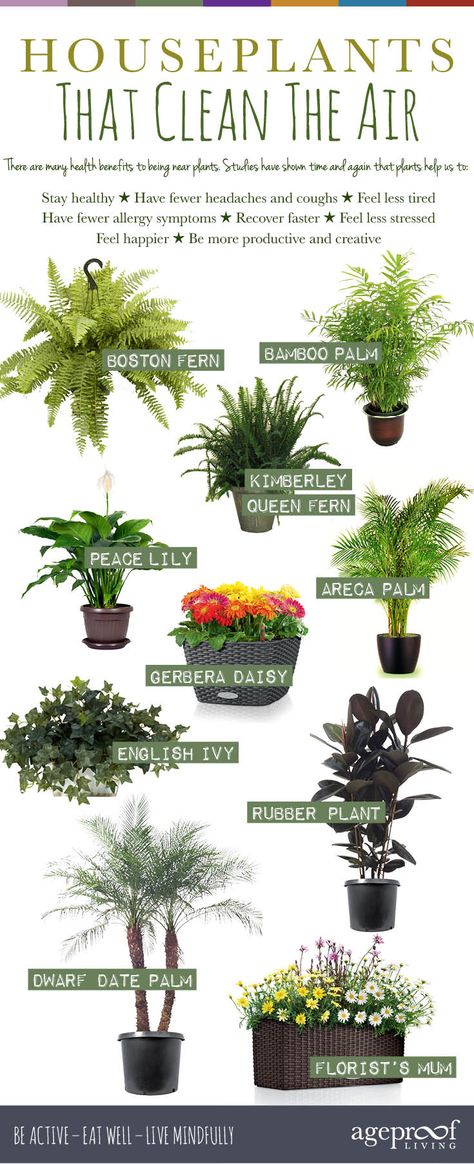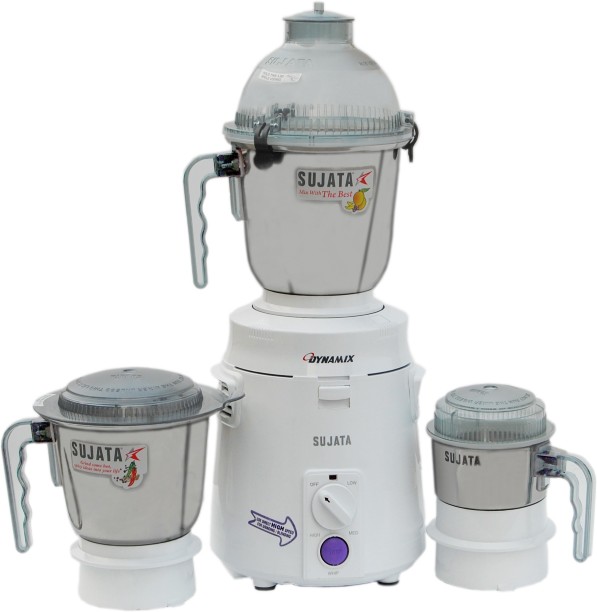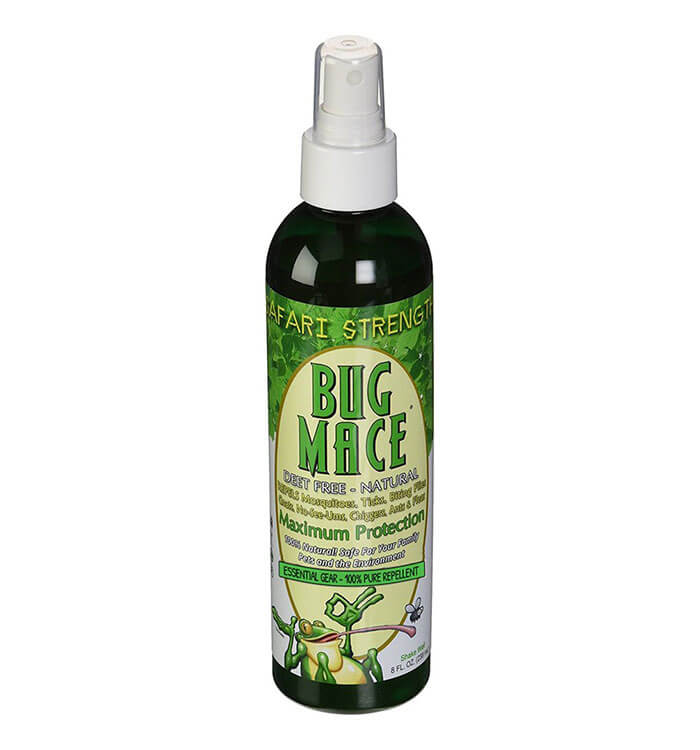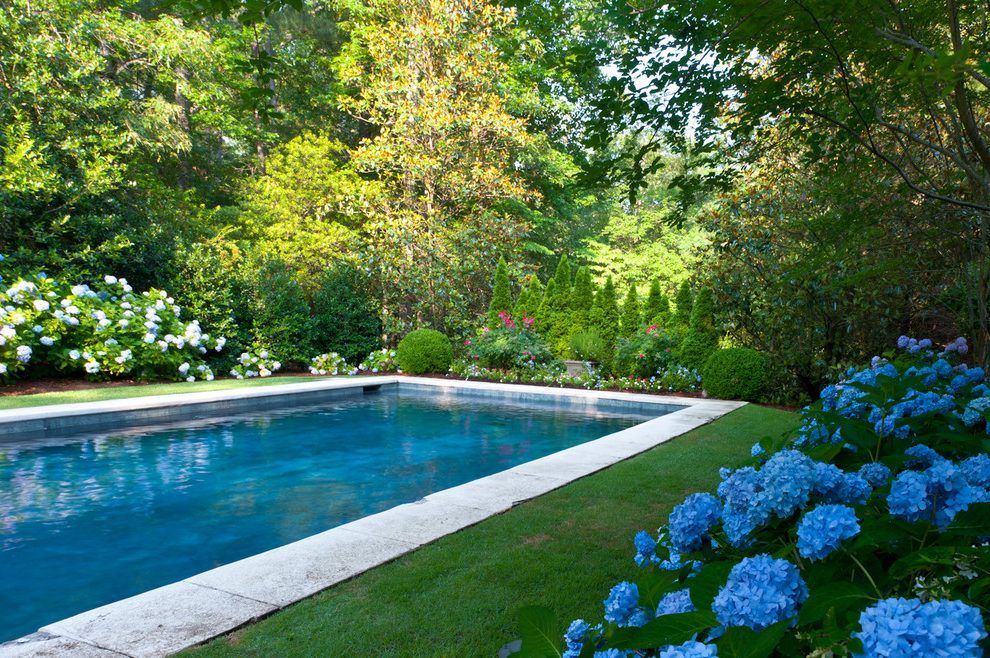House plants that clean the air
10 Indoor Plants That Clean the Air
Did you know that houseplants help purify the air in our homes? We’ve long known that indoor plants improve our mood and reduce stress levels, but improving air quality is an additional benefit! See the best air-purifying houseplants.
During the colder months, we spent a lot of time indoors. Certainly, healthy indoor air is a top priority. Without proper ventilation, it doesn’t take long for indoor pollutants to build up to unhealthy levels.
Indoor pollutants come in two major varieties:
- Particulates such as dust, mold spores, and pollen.
- Volatile organic compounds (VOCs). VOCs are gases that are released from paints, fabrics, wallpaper, carpeting, plastics, and solvents commonly found in most homes. Even household chemicals such as bleach, ammonia, detergents, furniture polish, carpet cleaners, and moth balls give off harmful gases.
Mechanical or electrostatic filters can be effective in trapping particulates, but unless we remove the source, airborne chemicals are difficult to eliminate entirely.
What do plants have to do with indoor air?
Let’s review a basic bit of botany: plants absorb carbon dioxide (Co2) and release oxygen (O2), which is used by all humans and living beings to breathe. Outdoors, tree planting makes use of that concept to atone for the effects of air pollution. So, would indoor plants do the same with indoor air?
Back in 1989, a NASA Clean Air Study tested 19 different species of plants to see if they would be effective at cleaning the air. They found that in just 24 hours, up to 87% of the formaldehyde, benzene, and trichloroethylene was removed from the air by the leaves and roots of the plants, while oxygen was returned to the room. Bottom-line: common, low-light houseplants absorbed toxins and helped purify the air!
…Or so we thought. A 2019 study by the Journal of Exposure Science & Environmental Epidemiology concluded that the effect of indoor plants on indoor VOC levels has been a bit overblown. While they do purify the air, they do so at such a slow rate that it doesn’t make much of an impact in the end.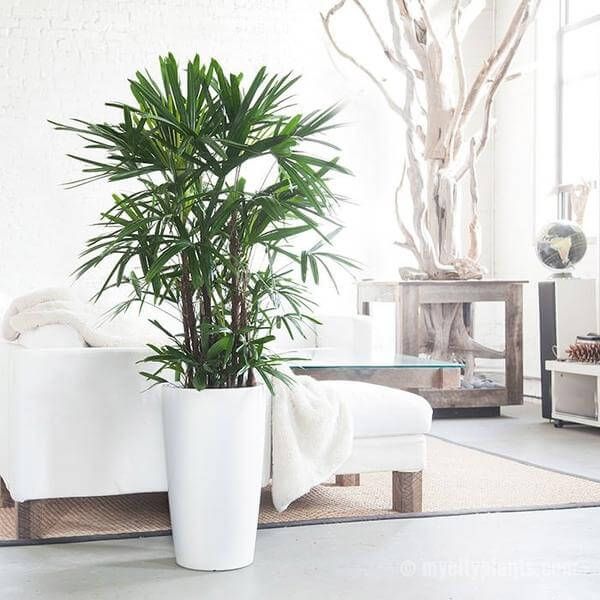
We say: Every little bit helps! And, frankly, it’s not surprising that some houseplants purify the air.
10 Indoor Plants That Clean the Air
Some of the best air-purifying houseplants are:
1. Spider Plants (Chlorophytum comosum) are powerful air purifiers which are able to remove formaldehyde, a gas that is emitted by cigarette smoke, dry cleaning, synthetic carpeting, fingernail polish, and more. Spider plants also remove carbon monoxide which you may find in rooms with fireplaces or has stoves. Fortunately, spider plants are very easy to grow and maintain. Just keep moist in a semi-sunny to shady spot and it will thrive.
Spider plants
2. Philodendrons, one of the most popular houseplants, are also excellent air purifiers and remove formaldehyde gases from the air. Plus, they are practically bullet-proof plants with quick-growing trailing vines and pretty heart-shaped leaves. They can take full sun to shade if watered regularly.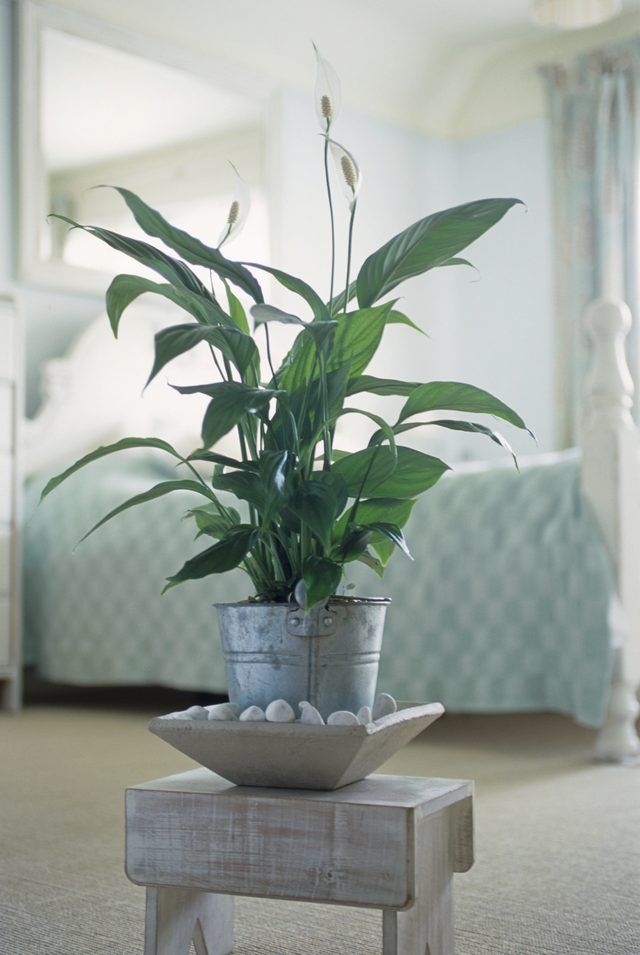 Heart-leaf, Philodendron selloum, and elephant ear philodendrons are the best air cleaners.
Heart-leaf, Philodendron selloum, and elephant ear philodendrons are the best air cleaners.
Philodendron
3. English Ivy (Hedera helix) is also a popular, hardy plant that is easy to grow. It removes most pollutants. It is not fussy about light and can survive sun to shade. Ivy doesn’t like high temperatures and prefers to stay cool. Keep moist and spray the leaves weekly to discourage spider mites.
English ivy
4. The Peace Lily (Spathiphyllum sp.) is a beautiful plant with a lovely white flower which thrives nicely in average indoor temperatures. Peace lilies are known to clean the air of alcohols, acetone, trichloroethylene, benzene, and formaldehyde. Keep moist in a semi-shady location.
Peace lily flower
5. Variegated Snake Plant (Sansevieria trivasciata), also called “Mother-in-Law’s Tongue,” is very easy to grow.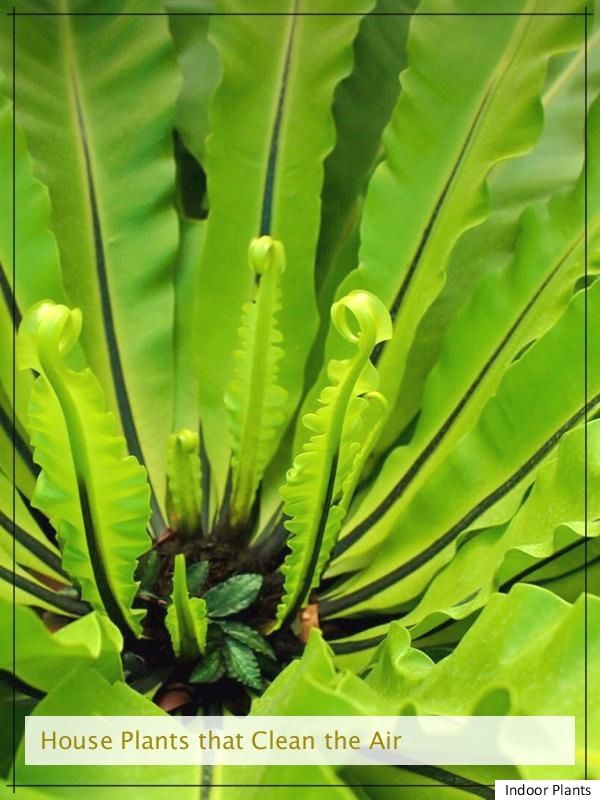 Water heavily then let it dry out before watering again. It can survive any location from sun to shade.
Water heavily then let it dry out before watering again. It can survive any location from sun to shade.
Snake plant (this 35-year-old Mother-in-Law’s Tongue actually did come from a mother-in-law).
6. Bromeliads win a gold star for cleaning up most pollutants. They release oxygen and remove air pollutants at night while you sleep! These pretty plants with their bright flowers and green foliage do best with bright, indirect sunlight or fluorescent office lighting. This drought-tolerant plant doesn’t need much maintenance, but will get root rot if you over-water or don’t provide good drainage.
Bromeliad
7. Dracaena like to be kept moist in a semi-sunny to shady location. Warneck, Janet Craig, red-edged, and cornstalk dracaenas have been rated the highest in removing air pollutants.
8. Weeping fig (Ficus benjamina) likes bright indirect light, high humidity, and warm temperatures.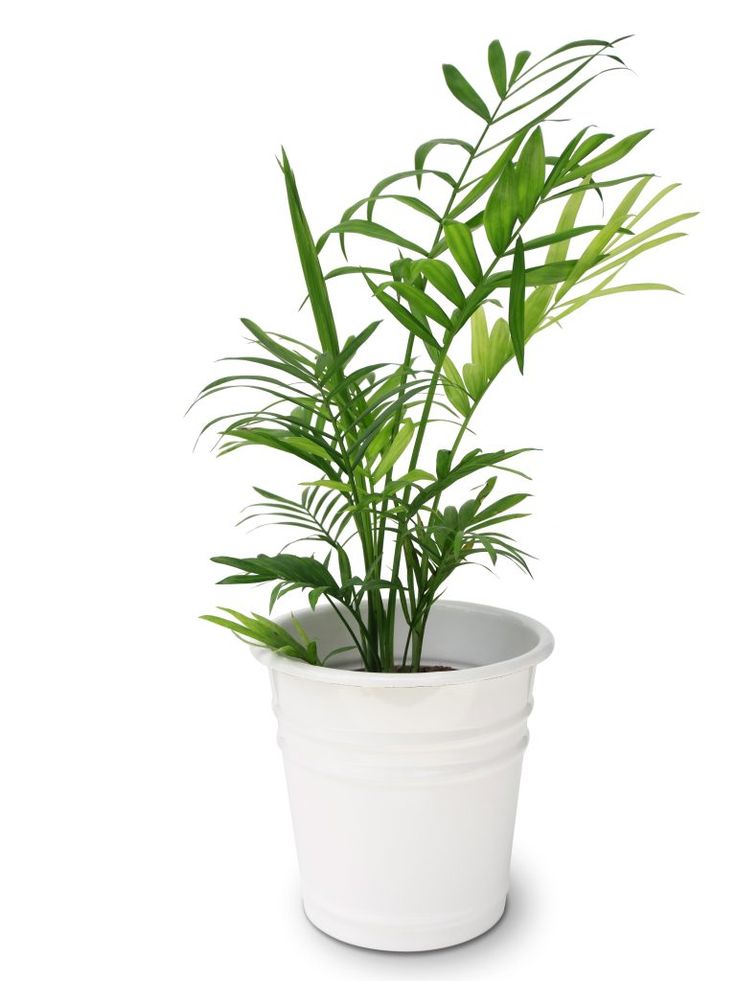 Water when top of soil feels dry and mist the top regularly.
Water when top of soil feels dry and mist the top regularly.
9. Rubber plants (Ficus elastica) tolerate dim light and cool temperatures and remove air toxins from any indoor environment.
10. Areca palms (Chrysalidocarpus lutescens) are beautiful, easy plants that remove all indoor air toxins.
More Plants That Clean the Air
- If you would rather have flowering plants, two that fared well in the testing were Chrysanthemums and Gerbera daisies. They are effective at removing VOCs and produced blossoms too!
- Chinese evergreens (Aglaonema) like warm temperatures and medium to low light conditions. Allow it to dry a bit between waterings. Keep out of drafts, which can cause the leaves to brown.
- Reed or Bamboo Palms thrive in low light as long as they are kept evenly moist.
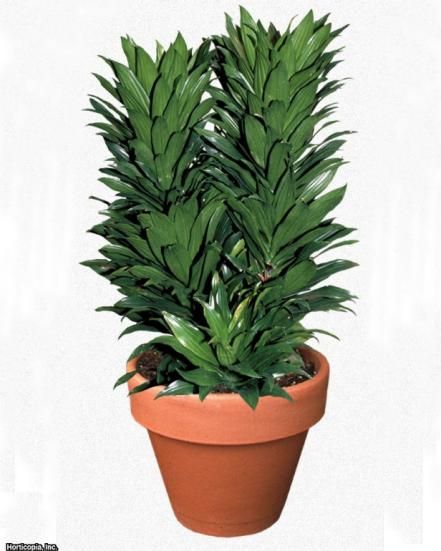
- Other great air-purifying houseplants include Boston ferns, aloe vera, and bird of paradise.
No need to turn your home into a jungle, though: In a house with 8 to 9 foot high ceilings, only one or two plants per 100 square feet of floor space is beneficial. The roots and micro-organisms in the soil play as important a role as the leaves, so plants should be in 6- to 8-inch wide pots with the soil surface exposed to the air. Soaking up toxins seems to have no adverse effect on the plants studied. Research shows that they safely metabolize the compounds by breaking them down to harmless carbon, water, and salts.
We clean our homes of dirt, so why not clean the air—especially if it is as easy as adding a few more houseplants.
See our Houseplants Care Guide on how to keep your houseplants happy and healthy—so that that they can keep your air healthier, in turn!
10 ways to keep a home fresh |
(Image credit: Getty Images)
It's easy, with a little know-how, to bring air cleaning indoor plants into your home to keep you happy and healthy. With so many tempting plants on offer, making decisions can be tricky. But did you realize that some possess extra air purifying qualities? Knowing which ones absorb harmful toxins can help narrow down your wish list as well as making your home more restful and inviting.
With so many tempting plants on offer, making decisions can be tricky. But did you realize that some possess extra air purifying qualities? Knowing which ones absorb harmful toxins can help narrow down your wish list as well as making your home more restful and inviting.
One well-known study regarding indoor plants and air quality was conducted by NASA in 1989. Scientists were studying natural ways to purify the air in enclosed spaces, such as space stations, and today this has led to further insight into how particular plants can benefit our homes.
Best air cleaning indoor plants
Together with expert tips, our guide will inform you of everything you need to know, including where to position and how to care for air purifying plants. Many of these options make great additions as kitchen plants due to their air purifying properties.
1. Bird’s nest fern
(Image credit: Alamy)
A true stylish beauty, these crinkly leaved ferns are great air cleaning indoor plants, purifying the air of formaldehyde, often found in new flooring and wall coverings.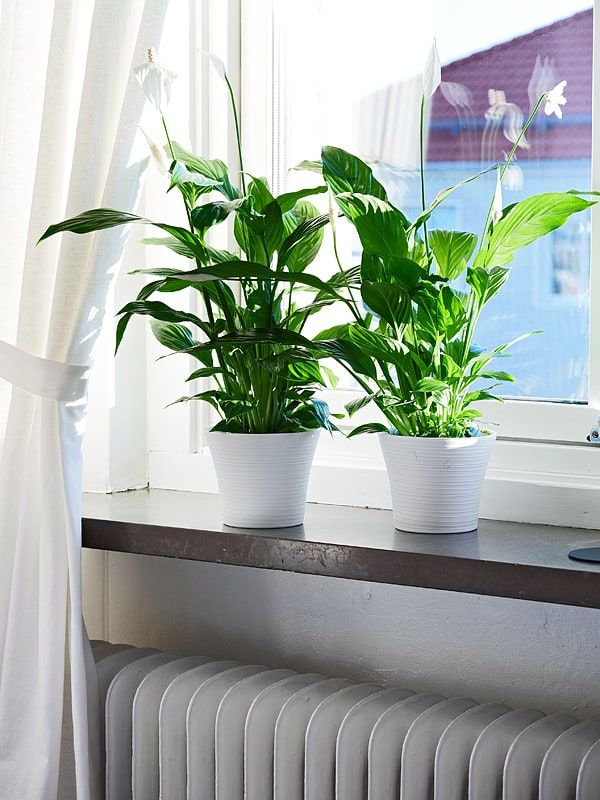 With glossy lime green fronds growing in rosettes, they make a striking statement on a shelf or bathroom windowsill as a bathroom plants, but will need up to 2ft (60cm) to splay out as they mature.
With glossy lime green fronds growing in rosettes, they make a striking statement on a shelf or bathroom windowsill as a bathroom plants, but will need up to 2ft (60cm) to splay out as they mature.
Coming from the forests of Asia and Australasia these plants grow in the tops of trees and are used to varying light conditions from bright and airy to semi shade. What they do need though is moisture, so a spot in a humid shower room or ensuite is definitely their happy place. Mist every other day, particularly if they live in a dryer room but only water if the top inch of soil is dry. Room temperatures between 65-75ºF (18-24ºC) are ideal, avoid places below 55ºF (13ºC).
2. Areca palm – or bamboo palm, butterfly palm
(Image credit: Alamy)
Elegance personified, these are the graceful arcing palms that adorned Art Deco hotel foyers, tea rooms and danced halls. Native to Madagascar, they have distinctive smooth tipped branches and naturally cast a beautiful, dappled light. Thanks to these broad leaves, this plant – along with many other types of palm – excels at removing mold spores and ammonia (often found in household cleaning products) from the air, making it perfect for bath and shower rooms.
Thanks to these broad leaves, this plant – along with many other types of palm – excels at removing mold spores and ammonia (often found in household cleaning products) from the air, making it perfect for bath and shower rooms.
‘This house plant likes bright light that is filtered,’ says Mark Lawlor of Happy Houseplants . ‘This is because too much sun can lead to scorching the leaves. Best practice is to place the Dypsis Lutescens near a south or west-facing window with plenty of bright, indirect sunlight.’ Thriving at temperatures around 65-75°F (18-24°C) make sure the palm is clear of any drafts or radiators which can cause stress.
A little fussy when it comes to watering, palms tend to prefer distilled or rainwater – as the fluoride in mains tap water can cause the leaves to crisp and turn brown. Water the soil regularly but ensure that it is allowed to dry out in between. Also ensure that there is good drainage as these tropical plants are prone to root rot if left standing in water.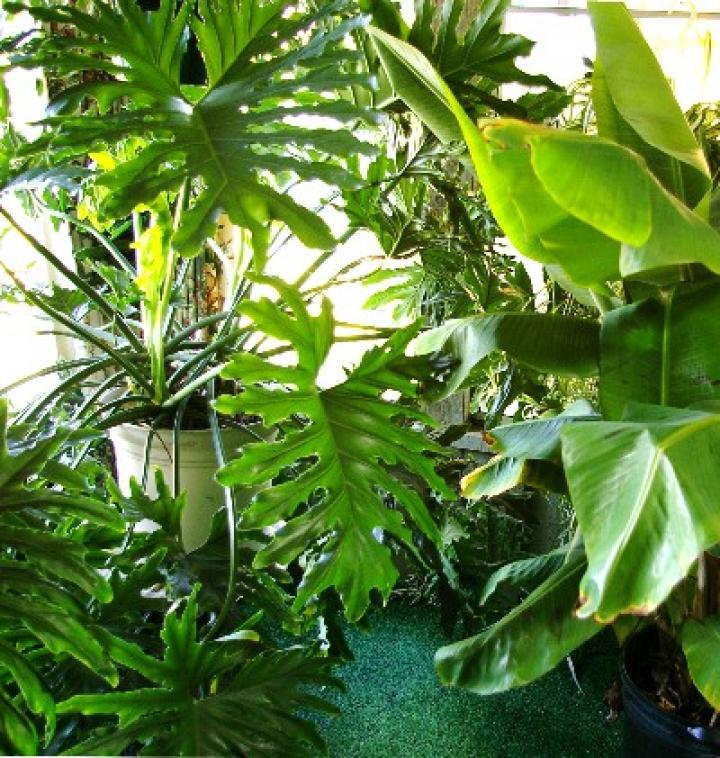
3. Spider plant – or Hen and Chickens, ribbon plant
(Image credit: Getty Images)
A classic air cleaning indoor plant, the spider plant's benefits are numerous so it’s hard to imagine any home not having one of these striped leaved beauties tucked away somewhere. But more than just an easy-to-grow favorite, these plants are formidable at removing formaldehyde, toluene and xylene all chemicals found in many synthetic fabrics, paints and glues. They have also been proved to lower carbon monoxide levels too.
Favoring temperatures between 55 and 80°F (13–27°C), Spider plants are one of the easiest and most tolerant indoor plants you can grow, even coping with artificial light, just keep them away from strong, direct sunlight which will crisp the leaves.
Water regularly during the spring and summer growing period and occasionally through fall and winter. Plant up in pots and place on a high shelf or windowsill or display in hanging planters. Unlike many other indoor plants, they are also non-toxic for pets too.
4. Dragon plant - Dracaena
(Image credit: Getty Images)
One of the most effective plants for absorbing trichloroethylene – a major VOC – the dragon plant is also extremely handsome and perfect for making a lush and bold leafy statement. Perhaps one of the easiest indoor plants to grow, it can live for decades if well cared for.
Preferring semi-shade, these well-natured plants come in all shapes and sizes, and colours. From tall glossy green corn stalk plants to the Dracaena bi-color with its pink and white edged green leaves, they make striking and individual statement plants. With some varieties growing up to 10ft high, these plants prefer semi shade and are happy in temperatures of 60-70°F (16-24°C). This plant can survive lower temperatures (as low as 50°F or 10°C), but the leaves will suffer, usually turning yellow.
Dragon plants don’t tend to cope well with mains tap water due to the added chemicals, so use a distilled or harvested rainwater instead. Aim to keep the soil moist but not waterlogged and mist frequently with warm water.
Aim to keep the soil moist but not waterlogged and mist frequently with warm water.
5. English ivy
(Image credit: Alamy)
Quick to grow and happy in most spots around the house, regardless of temperature or light conditions, English or European ivy is a real winner. It’s attractive, trailing stems of distinctive evergreen leaves are particularly effective at reducing airborne toxic chemicals.
The team at The Joy of Plants say: ‘Ivy removes trichloroethylene and benzene from the air and is especially good at removing formaldehyde; a substance that occurs in almost all indoor environments (such as chipboard, furniture and textiles).’
Its foliage has also been shown to help reduce mold, making it a useful plant for damp spaces such as an ensuite or bathroom.
Performing best in direct sunlight, well drained soil and with plenty of water it will make a stunning statement draping down from a shelf or hanging planter. Keep at a steady temperature of between 52-71°F (11-22°C) for healthy growth.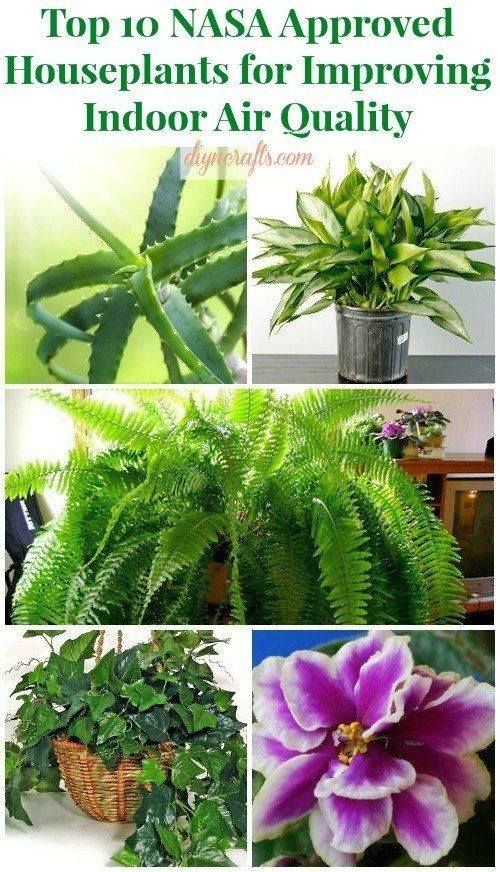
Ivy is also excellent as a bedroom plant, either trailing over a bedside table, or hanging from a hanger placed above the bed.
6. Money plant – Pilea peperomioides
(Image credit: Alamy)
With its flat, green circular leaves that can grow as big as 5in (15cm) across, the Chinese money plant is instantly recognizable. One of the most effective indoor plants for air purification they are particularly effective at reducing levels of harmful chemicals found in carpets, paints, glues and manmade fabrics.
A member of the stinging nettle family, this unusual plant can grow up to 16 inches (40 cm) high and loves a light spot, away from strong sunlight. Water when the soil is dry to the touch and feed monthly with a liquid feed during spring and summer.
Although largely unfussy, these plants don’t like temperatures that dip below 50°F (10°C) so aim to keep them between a comfortable 55-86°F (13-30°C). Be sure to turn a Chinese money plant regularly to maintain a balanced and attractive shape and don’t worry if it sheds its lower leaves, as this is entirely normal.
7. Weeping fig – Ficus
(Image credit: Alamy)
Slow growing with a mass of glossy leaves, these indoor trees are not only ideal for adding impact and interest to an empty corner but are brilliant air cleaning indoor plants, too. Filtering harmful formaldehyde, xylene and toluene and replacing them with oxygen, they are a great addition to busy kitchens, living areas and home offices.
Reaching from 3ft to 10ft (90-304cm) they like a bright spot with plenty of space to spread their arching branches. They are a little diva-ish though as they dislike being moved around or disturbed, dropping their leaves in protest, so carefully assess the perfect spot before homing your plant. They do tend to grow towards the light, so turn regularly to maintain a balanced, even shape.
A steady room temperature of around 60°F (16°C) is perfect for these plants but do avoid cold drafts and areas that dip below 55°F (13°C) as this will lead to leaf drop. Over watering is the main problem with weeping figs as they hate sitting in puddles.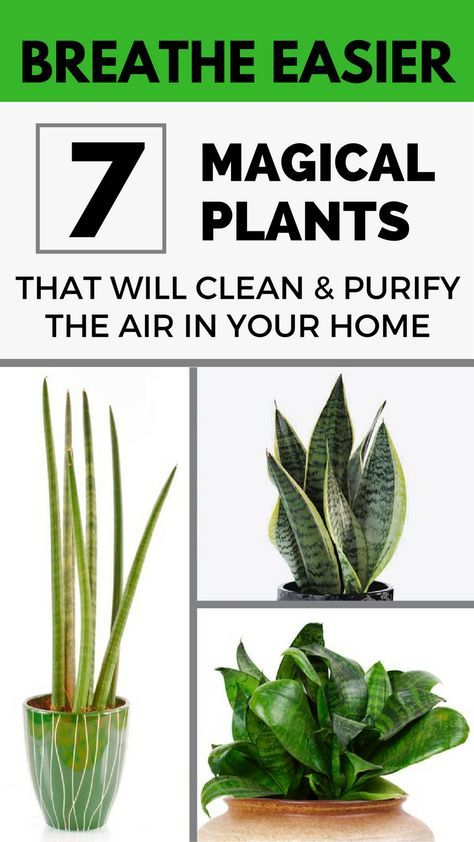 Only water when the top inch of the compost is bone dry and use tepid water to avoid shocking the plant. Feed fortnightly with a liquid feed during spring and summer and, for mature plants, top up compost levels annually. It’s worth knowing that these plants can be toxic to some pets, so maybe worth avoiding if you have curious pets.
Only water when the top inch of the compost is bone dry and use tepid water to avoid shocking the plant. Feed fortnightly with a liquid feed during spring and summer and, for mature plants, top up compost levels annually. It’s worth knowing that these plants can be toxic to some pets, so maybe worth avoiding if you have curious pets.
8. Snake plant or Mother in Law’s Tongue
(Image credit: Alamy)
It may not appear to be the most restful plant to have in a bedroom, but sansevieria is one of a few plants that continues produce oxygen in near dark conditions. It’s also very effective at eliminating airborne formaldehyde, nitrogen oxide, benzene, xylene and trichloroethylene, all chemicals that can often be found in synthetic carpets, glues, paint and other interior fittings.
With its twisting sword-like leaves and stripy markings, it makes this plant the perfect showstopper for a side table, windowsill or neat corner. Tough and extremely drought tolerant, they are relatively slow growing, and can cope with low light conditions but will grow faster in brighter positions.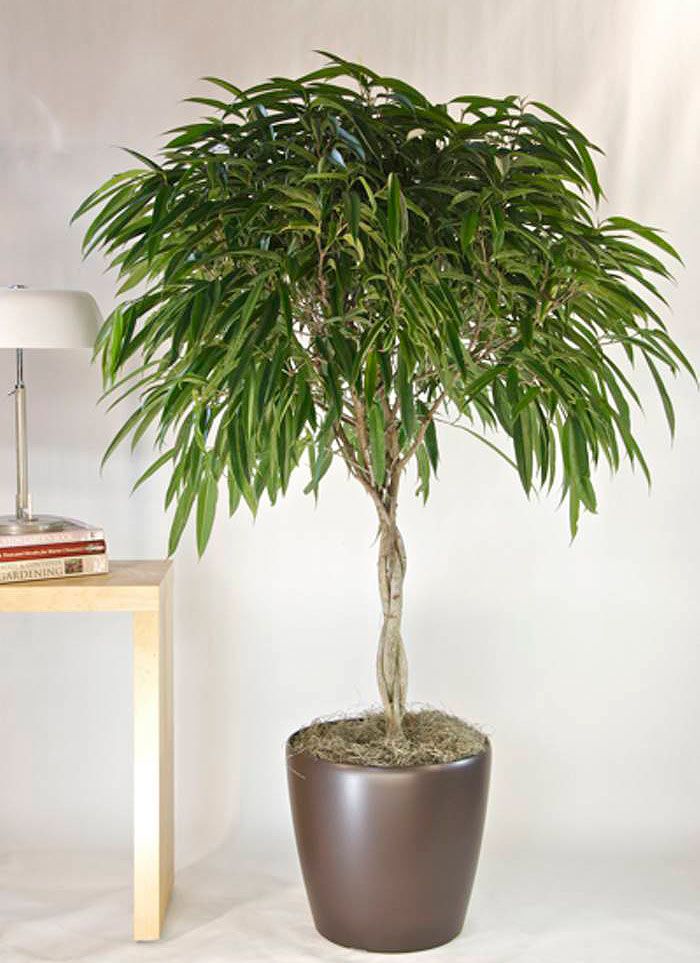
Native to west Africa these plants can stay outside in HDSA zones 9-12. They will die though if left in temperatures below 50°F or exposed to frost. Water once a week during spring and summer but do drop to once a month in fall and winter when the plant is dormant.
There are plenty of different varieties of snake plant to choose from, including dwarf varieties such as Sansevieria fischeri at 16 inches (40cm) up to 3-4ft (91-121cm) for Masoniana and trifasciata types.
The experts at Patch Plants suggest, ‘Every now and again – just whenever you remember – give her leaves a light wipe to keep her pores free of dust.’
9. Aloe vera
(Image credit: Alamy)
A superstar amongst indoor plants, aloe vera is not only striking to look at and blessed with healing properties, but it can help purify the air too. A great absorber of VOCs often found in newly laid flooring, paint and glue, it takes in carbon dioxide and produces oxygen at night making it ideal for bedrooms in particular.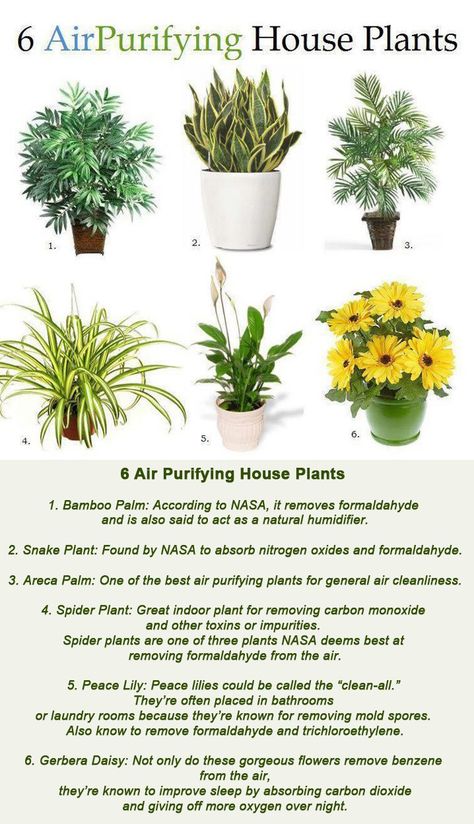
The fleshly leaves store water so they can happily cope with less than regular watering, but what they do need is constant warmth. Preferring room temperatures of 50-85°F, these natives of the Arabian Peninsula must be kept clear of cold drafts and frost. They can grow outside in HDSA zones of 8-11, but in exposed or marginal areas it may be better to plant in a pot and move inside and out as the temperatures dictate.
Pot up with succulent and cacti compost and feed with a specialist liquid feed weekly during spring and summer.
10. Peace lily
(Image credit: Alamy)
With its glossy tear shaped leaves and pure white flowers, the peace lily is one of the most popular house plants, and is a great air cleaning indoor plant. Effortlessly chic, they radiate tranquillity and simplicity, but also break down and neutralize toxic household gases like benzene, formaldehyde, and carbon monoxide.
This plant reaches around 30in high (75cm) and will thrive in temperatures 64-75°F (18-24°C) but can cope with lows of 53°F (12°C).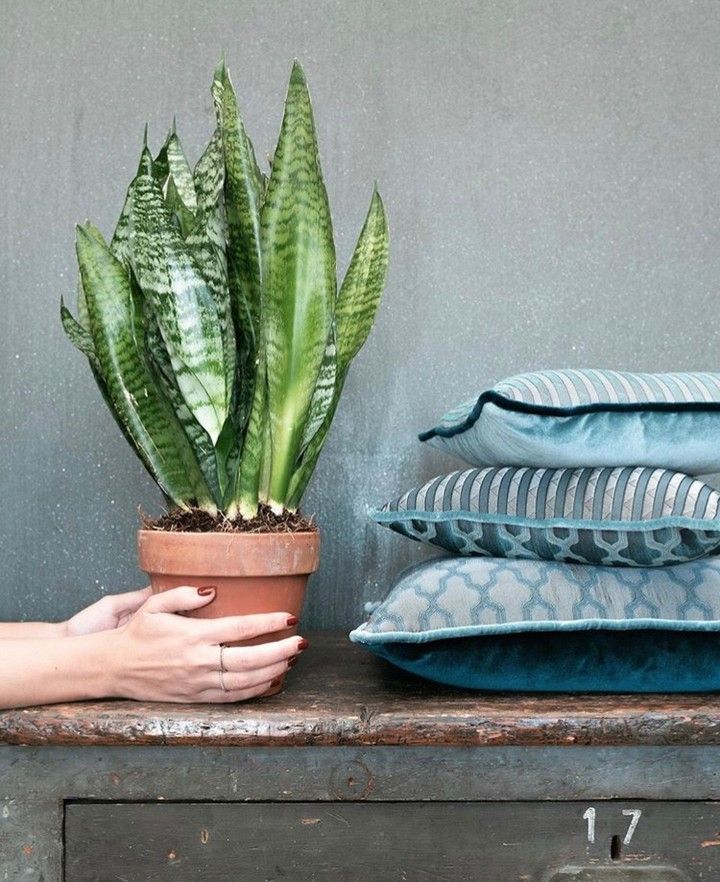 Loving a humid and bright spot – but away from direct light which can scorch the deep green leaves – these plants are particularly well suited to a steamy kitchen, bathroom or shower room.
Loving a humid and bright spot – but away from direct light which can scorch the deep green leaves – these plants are particularly well suited to a steamy kitchen, bathroom or shower room.
Preferring moist soil, these plants will tell you when they are thirsty as the leaves will droop. Pop it next to the shower for the occasional boost or mist with a water spray. Feed with a liquid feed fortnightly during spring and summer.
What is the best air purifying indoor plant?
Chrysanthemums (below) are the most effective plant at cleansing the air. Eliminating common VOCs such as formaldehyde, xylene, benzene it can also absorb ammonia which is present in many household cleaners and floor sealers. Unusually it’s the flowers that extract the chemicals from the air, so you may need to replace regularly or rotate a few plants while old blooms fade, and new buds emerge.
(Image credit: Alamy)
How many plants does it take to purify the air in a room?
According to the 1989 Nasa study on Interior Landscape plants for indoor air pollution abatement, author B.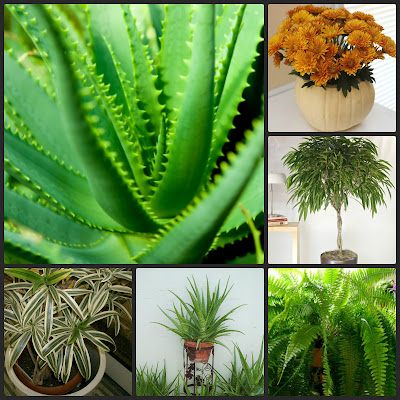 C. Wolverton recommends having at least two ‘good sized’ plants per 100 sq ft (9.2 sqm) of indoor space. Suggested plants include Golden pothos (below), Boston Fern and Weeping Fig.
C. Wolverton recommends having at least two ‘good sized’ plants per 100 sq ft (9.2 sqm) of indoor space. Suggested plants include Golden pothos (below), Boston Fern and Weeping Fig.
(Image credit: Jake Curtis)
Where to buy air plants?
You can buy air cleaning indoor plants at your local nursery; ask for guidance if you need help. Otherwise, shop online for the best places to buy plants. These include:
- Amazon air plants
- Bloomscape air plants
- Burpee
- Etsy air plants
- Home Depot's Garden Center
- Lowe's air plants
- The Sill air plants
- Walmart air plants
You can buy indoor low light plants at your local nursery; ask for guidance if you need help. Otherwise, shop online for the best places to buy plants. These include: Lowes Garden Center , Home Depot's Garden Center and Burpee for the best buys.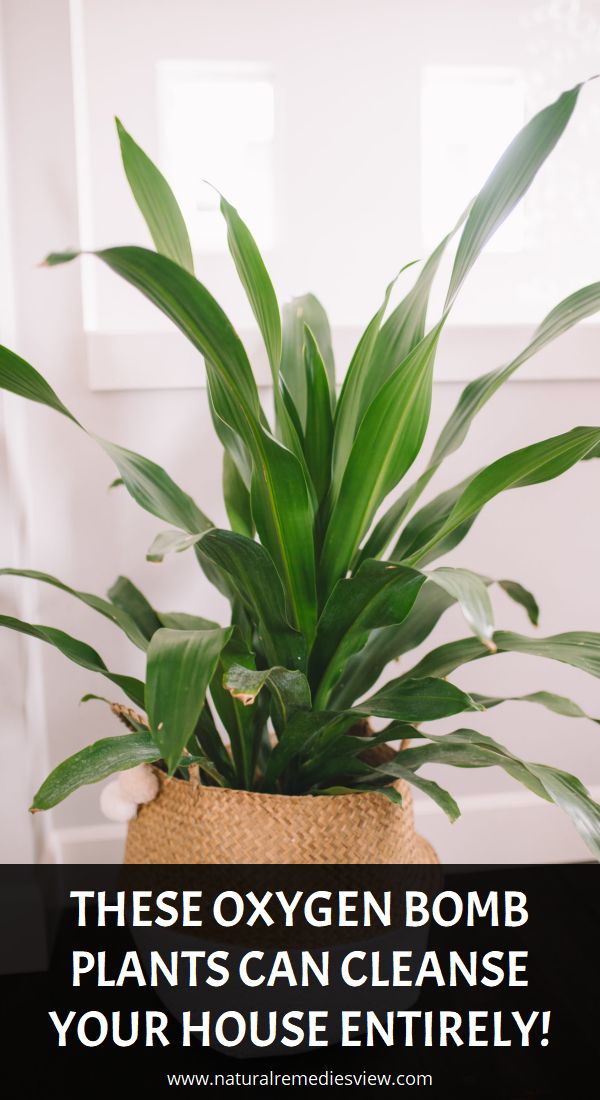
You can buy indoor low light plants at your local nursery; ask for guidance if you need help. Otherwise, shop online for the best places to buy plants. These include: Lowes Garden Center , Home Depot's Garden Center and Burpee for the best buys.
Jill Morgan has spent the last 20 years writing for Interior and Gardening magazines both in print and online. Titles she has been lucky enough to work on include House Beautiful, The English
Home, Ideal Home, Modern Gardens and Gardeningetc.com. Although much of her career has involved commissioning and writing about reader homes and home improvement projects, her
everlasting passion is for gardens and outdoor living, which is what she writes about for Homes & Gardens.
Top 9 indoor plants that perfectly clean the air
To remove dust from the air, you can buy an expensive air conditioner, to humidify it, you need to turn on the steam generator, pleasant smells will spread around the apartment if you spray the air freshener . .. Or you can do without these expensive and far from always harmless devices and buy flowers. Many indoor plants, familiar from childhood and seemingly well known, it turns out, can not only decorate the interior, but also purify the air well.
.. Or you can do without these expensive and far from always harmless devices and buy flowers. Many indoor plants, familiar from childhood and seemingly well known, it turns out, can not only decorate the interior, but also purify the air well.
1. Azalea, or rhododendron
Household chemicals depress not only microbes: alas, its fumes also have a bad effect on humans. To prevent the bathroom cleaner cabinet from being your enemy, put a pot of azalea on the shelf: it will absorb ammonia and formaldehyde (don't forget about good lighting). You can also place this flower in the kitchen, since various kinds of detergents and solutions have found a place there as well. In addition, the azalea repels bugs and ants, and, therefore, is able to protect products from them.
Azalea
2. Ivy (chedera)
In addition to the main result - pleasant feelings from the feeling of novelty - carried out at home, repairs can also have a side effect: indisposition from the fumes of paints, varnishes and other chemicals used for interior decoration. Moreover, the emission of gases harmful to health can continue for a long time after the applied coatings have dried. To reduce their unpleasant impact, it is advisable to arrange pots of ivy in the room. It absorbs formaldehyde, benzene, and carbon monoxide well (the latter quality makes ivy a very valuable plant in city apartments and helps clean the air from the street).
Moreover, the emission of gases harmful to health can continue for a long time after the applied coatings have dried. To reduce their unpleasant impact, it is advisable to arrange pots of ivy in the room. It absorbs formaldehyde, benzene, and carbon monoxide well (the latter quality makes ivy a very valuable plant in city apartments and helps clean the air from the street).
Ivy
In addition, if there is a cat in the house whose life takes place within four walls - again a classic example of urban housing - then the notorious cat litter box can become a source of allergies for the owners. Therefore, it is worth placing ivy next to it, which is a good trap for allergen microparticles. And an additional bonus will be the allocation of phytoncides to them, which is very useful in the "cold" periods of the year.
3. Chlorophytum
Almighty advertising has convinced us that sterile cleanliness in the kitchen can only be obtained by using powerful cleaning agents. However, she forgot to warn that some of their species emit formaldehyde, a potential carcinogen. So if the housewives are not yet ready to give up household chemicals, then they should place five or six pots of chlorophytum in the kitchen, which is able to absorb many toxic substances.
However, she forgot to warn that some of their species emit formaldehyde, a potential carcinogen. So if the housewives are not yet ready to give up household chemicals, then they should place five or six pots of chlorophytum in the kitchen, which is able to absorb many toxic substances.
Chlorophytum
In addition, chlorophytum has pronounced antimicrobial properties - it is not for nothing that even astronauts on the ISS breed it, where maintaining cleanliness is much more critical than on earth. There is information that this plant is capable of reducing the number of microbes in the air by almost 10 times per day, which means that its presence in the house is a good help in the fight against viruses that enter the air after someone with a cold sneezes heartily .
4. Rubbery ficus
When buying furniture made of chipboard, do not forget to purchase and place ficus next to the new sofa or wardrobe. Firstly, it will capture from the air and retain such harmful substances as trichlorethylene and formaldehyde (lacquers and paints are “rich” in the first place, synthetic resins used in the production of chipboard are in the second).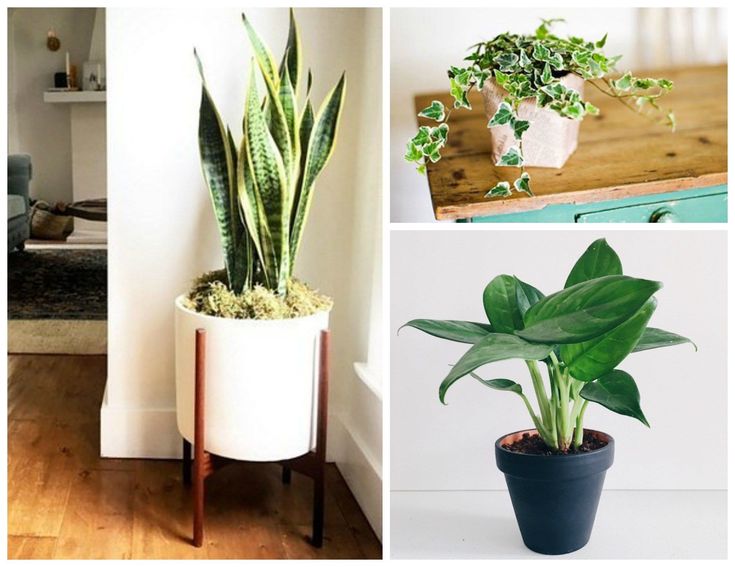 Secondly, its large leaves are good dust collectors, the main thing is not to forget to wipe them with a damp cloth from time to time. And, thirdly, the ficus actively releases oxygen, which means that it will be easier to breathe in the room.
Secondly, its large leaves are good dust collectors, the main thing is not to forget to wipe them with a damp cloth from time to time. And, thirdly, the ficus actively releases oxygen, which means that it will be easier to breathe in the room.
Ficus
5. Aloe (agave)
Oh, how long ago you tried to throw away this annoying plant with fleshy thick leaves, planted with thorns along the edges! However, before taking the pot to the trash can and shaking the earth out of it, it would be useful to familiarize yourself with the beneficial properties of aloe. And there are many of them: suffice it to mention the ability to capture phenolic and benzene compounds, many of which are pleasant to smell and just as harmful to health. Noteworthy is its ability to fight germs that cause colds.
Aloe
It is best to put the agave pot on the window in the kitchen, because in bright light the plant is at its best. In addition, not only the volatile substances released by aloe are bactericidal, but also its juice: if, for example, you scratched your hand when opening canned food, it is quite capable of replacing brilliant green and disinfecting the cut site with high quality.
6. Dracaena
Like many indoor plants, dracaena has a double effect - firstly, it releases phytoncides that reduce microbial air pollution. In addition, it absorbs carcinogens: formaldehyde - an integral part of artificial resins that are part of finishing materials, trichlorethylene and xylene - types of solvent for paints and varnishes.
Dracaena
In addition, xylene can also be released from plastic, so a planter next to the TV would be a good place for dracaena at home, and in the office - a computer desk.
7. Golden epiprenum, or scindapsus
Formaldehydes, which have been mentioned more than once, can be emitted not only by paint and varnish products, but also by exhaust gases. In addition, car mufflers emit carbon monoxide, so if the garage is adjacent directly to the house (or there is a living room above it), epiprenum can be placed in rooms or corridors, which can absorb them well. However, this plant belongs to the vines, so it needs to be given "space for maneuver": it does not like cramped rooms.
Epiprenum
In addition, epiprenum purifies the air from the vapors of benzene compounds (toluene, xylene), which are emitted by many finishing materials, and well heals the house after repair. Another valuable quality of the plant is its active resistance to microbes, as well as fungi, so it prevents the spread of mold.
8. Chrysanthemum
This delicate flower is well known to florists and gardeners, but few people know that along with beauty it has good filtering and antibacterial properties. Meanwhile, the chrysanthemum well cleans the air of benzene - a constant component of paints, plastics and solvents, absorbs ammonia.
In addition, the owners of a house where indoor chrysanthemums grow are much less at risk of catching a cold: the plant releases phytoncides, which means that there is no place for pathogenic microbes next to it.
Chrysanthemum
9. Dieffenbachia
An apartment in the center of a metropolis or a workroom in an office center with parking for several hundred cars next to it is not the healthiest place to live or work. However, it is possible to reduce the harmful effects of gas pollution, to reduce the percentage of aromatic substances of the benzene series (toluene, benzene, xylene) in the air, if you put a pot of dieffenbachia somewhere in the corner or on a special table.
However, it is possible to reduce the harmful effects of gas pollution, to reduce the percentage of aromatic substances of the benzene series (toluene, benzene, xylene) in the air, if you put a pot of dieffenbachia somewhere in the corner or on a special table.
Dieffenbachia
In addition to the filtering effect, dieffenbachia will help protect against seasonal colds. The fact is that the substances secreted by it cope well with staphylococci - the main cause of influenza, tonsillitis and similar dubious “joys of life”. Flowers for Woman Many adverse substances surround us both inside and outside the house. Therefore, people are increasingly trying to surround themselves with indoor flowers that can purify the air, because everyone remembers from school that plants absorb carbon dioxide and produce oxygen.
Types of harmful compounds in an apartment or house
- Formaldehyde.
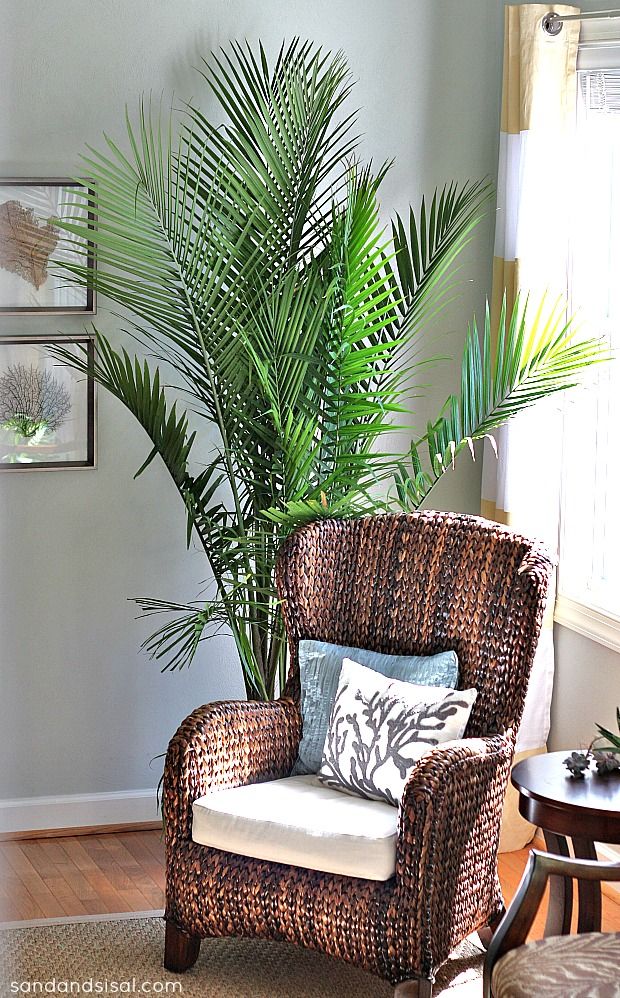 Hazard Category 2. Sources are varnishes, plastic utensils, fiberboard, chipboard, carpets, tobacco smoke, etc. Can cause cancer, vision loss, asthma, allergies.
Hazard Category 2. Sources are varnishes, plastic utensils, fiberboard, chipboard, carpets, tobacco smoke, etc. Can cause cancer, vision loss, asthma, allergies. - Trichlorethylene. It contains various cleaning products, paints, stain removers, cartridges. It acts as the strongest carcinogen, has a damaging effect on the liver, central nervous system, kidneys.
- Toluene. Hazard class 3. Sources are varnishes and paints, printers and copiers, wallpaper, solvents. It contributes to the deterioration of vision, headaches, causes poisoning of the body and, as a result, nausea and vomiting.
- Acetone. Hazard class 3. Contained in paints and varnishes, solvents. Affects the CNS.
- Benzene. Hazard Class 2. Also found in paints and varnishes, surfactants, tobacco smoke. Its action leads to dermatitis, oncology, in particular leukemia, affects internal organs, and causes mental disorders.
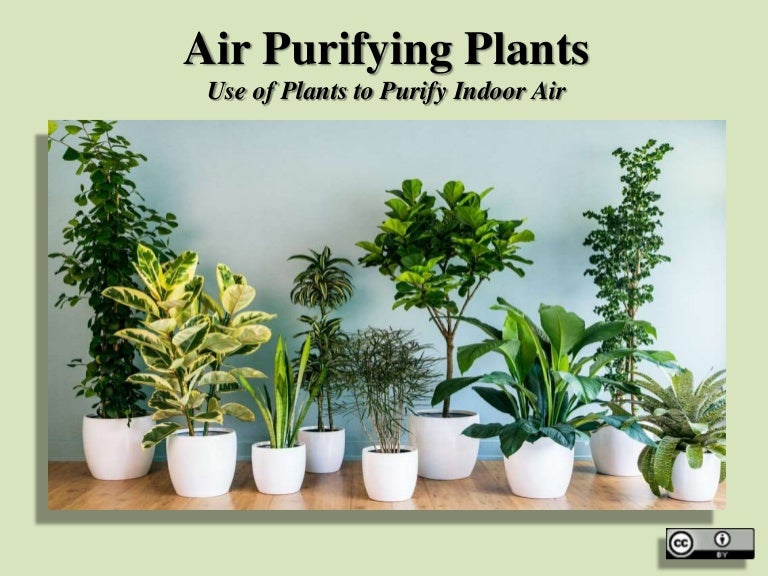
- Ammonia. Sources are tobacco smoke, electronic equipment. It is a neurotoxin. Causes chest pain, swelling of the lungs and respiratory tract. Intense exposure may cause respiratory arrest.
The choice of houseplants for air purification
Houseplants have not only decorative value, but also have irreplaceable properties. They are able not only to saturate the air with oxygen, but also purify from harmful impurities .
It is advised to keep only healthy flowers in apartments. If the flower is sick and languishes, it will not be able to absorb dangerous substances in sufficient quantities. For these purposes, preference is given to plants with large leaves and a dense crown .
In the bedroom, it is recommended to keep flowers that are capable of releasing essential oils, such as geraniums. It promotes healthy sleep, you will forget about insomnia and depression.
It is worth remembering that plants absorb oxygen at night. Therefore, you do not need to put a large number of flowers in the bedroom. Enough 4-5 pots on the windowsill.
Therefore, you do not need to put a large number of flowers in the bedroom. Enough 4-5 pots on the windowsill.
It is also important to place potted flowers in the kitchen. This room often contains smoke and soot. Flowers neutralize their effect and purify the air.
It is recommended to keep fragrant flowers in the house. They release more phytoncides, therefore, they purify the air in the house more efficiently.
The most popular plants that purify the air
Aloe
Purification factor 6.5.
Our grandmothers also kept aloe at home. Its juice has medicinal properties, it is widely used in folk medicine. But this is not all the useful properties of this flower.
Aloe very effectively purifies the air in the apartment. It absorbs up to 90% of indoor formaldehyde.
Aloe leaves produce a large amount of phytoncides that affect the human body. Under their influence, the human immunity is strengthened, the mental processes of the brain are improved.
Aloe is easy to care for. Prefers to be placed on a sunny windowsill with shading from direct rays. Since it belongs to succulents, it is enough to water it once a week.
Ficus
Cleaning factor 8.0.
Thanks to its wide, large leaves, ficus is indispensable for purifying the air. It absorbs benzene, formaldehyde and ammonia. In addition, it effectively cleans the air from dust.
Ficus does not require special care. Can grow in partial shade. It needs to be watered 2-3 times a week in summer, once a week in winter. Periodically you need to wipe the leaves from dust.
Sansevieria
Cleaning factor 6.8.
Common people call this plant "mother-in-law's tongue". According to the ability to produce oxygen, sansevieria deservedly occupies one of the first places. But not only this is its value.
Phytoncides of this plant successfully fight streptococci. The latter are capable of causing various inflammatory processes in the body, including the causative agents of tonsillitis, pneumonia, scarlet fever and other serious diseases.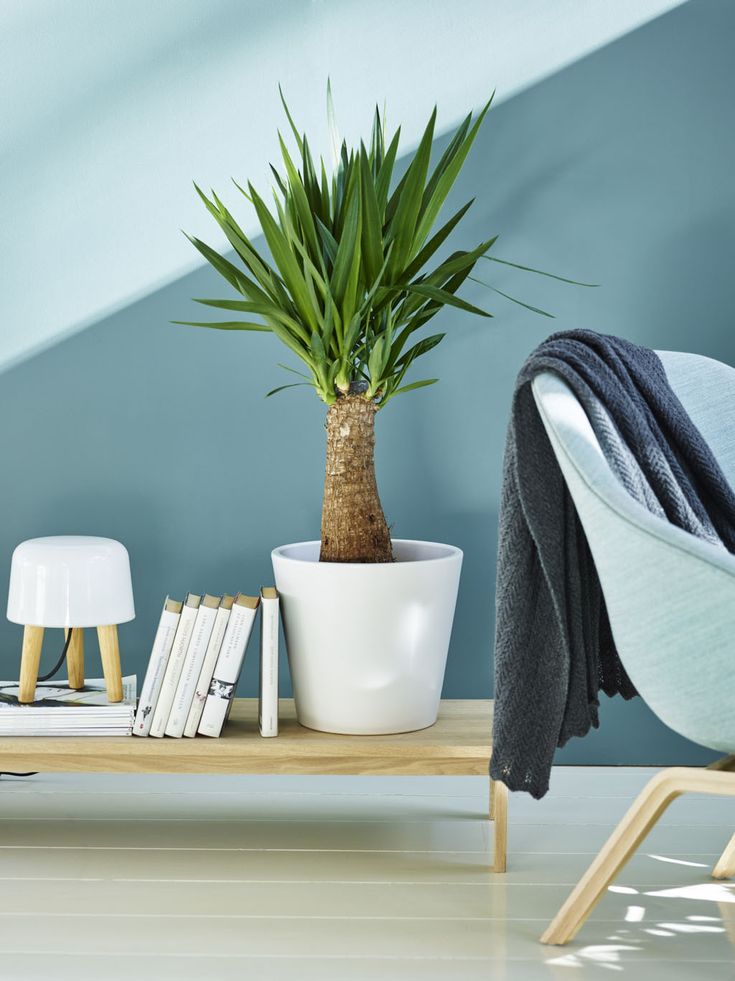
Sansevieria also reduces microbial content in the surrounding air. In addition, it absorbs all kinds of dangerous impurities, with the exception of ammonia.
Care will not be difficult even for the laziest owner. Like all succulents, it does not require frequent watering, it is enough to water it once a week with warm water. In this regard, "mother-in-law's tongue" can often be seen in offices.
Spathiphyllum
Purification factor 7.5
This flower is also known as "women's happiness". Thanks to its wide, dense foliage, the plant is able to cope with many toxins, including ammonia. Spathiphyllum also tends to increase the humidity of the air.
Sufficient flower shade-tolerant, does not require placement on the windowsill . It will grow well in the depths of the room, without losing its useful qualities. Likes abundant watering, once every 2-3 days.
Begonia
Cleaning factor 6.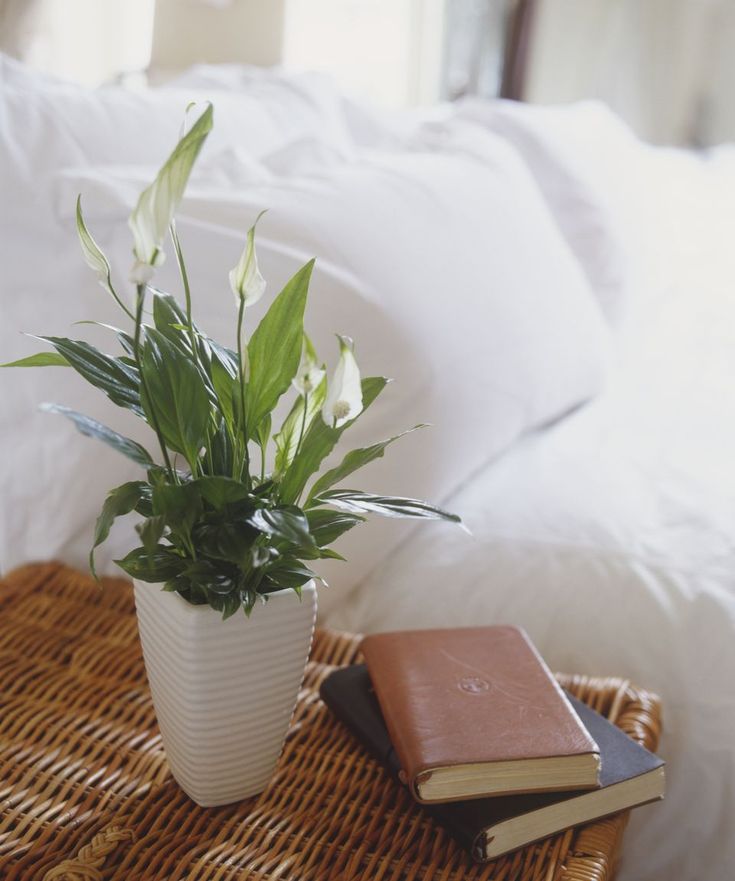 9.
9.
Excellent against various chemical vapors. With regular use of household chemicals, it is simply necessary to have it on the windowsill.
Begonia prefers partial shade . In summer, watering should be done every 3-4 days, in winter once a week.
Dracaena
Cleaning factor 7.8.
Effectively neutralizes formaldehyde vapors in the room. The plant absorbs particles of trichlorethylene and benzene that enter the room from the street, as well as from cleaning products and household chemicals.
Dieffenbachia
Purification factor 7.3.
The plant fights dangerous substances such as xylene and toluene. They are mainly distinguished by such material as parquet.
If you have parquet floors in your room, dieffenbachia will be a useful addition to the interior. The plant also effectively absorbs formaldehyde.
Dieffenbachia In care, this flower is quite unpretentious in care.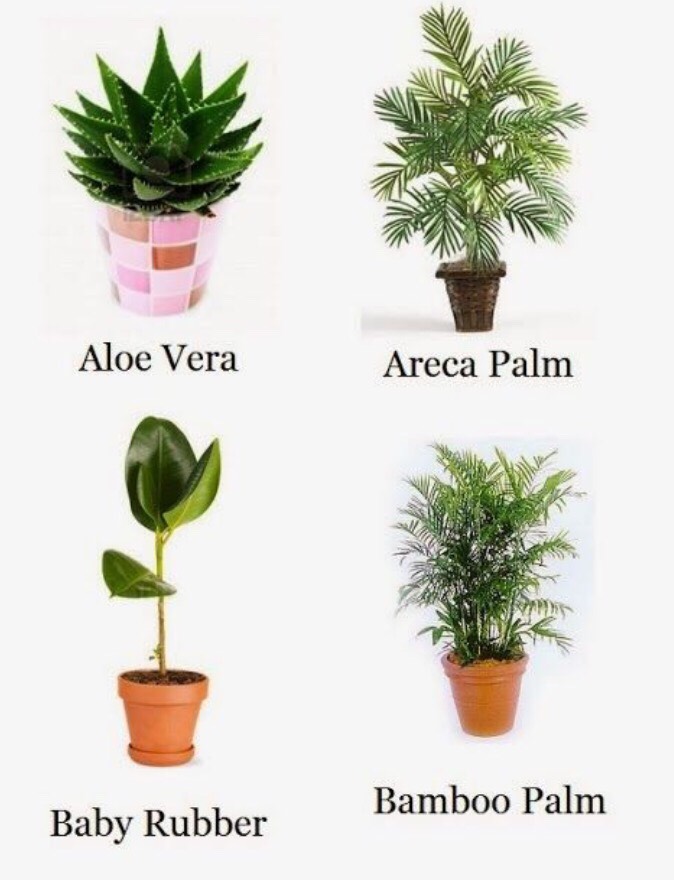 Adapts to any kind of lighting. Watering should be no more than once a week.
Adapts to any kind of lighting. Watering should be no more than once a week.
Scheffler
Cleaning factor 8.0.
If smokers live in the apartment, it is recommended to pay attention to this particular plant. It absorbs tobacco smoke tar and nicotine.
Scheffler also neutralizes benzene, formaldehyde and toluene.
Flower fits any light . Water moderately, once a week.
Geranium
Geranium also perfectly cleans the air in the house. In addition to the obvious advantages, the plant fights various harmful microorganisms, "sterilizing" the surrounding air. It kills staphylococci and streptococci.
Geranium Also flower contains useful essential oils that calm the nervous system and normalize sleep.
Geranium care is not complicated. Provide good lighting and abundant watering.
Chlorophytum
Cleaning factor 7.8.
This plant is necessary primarily for residents of megacities.